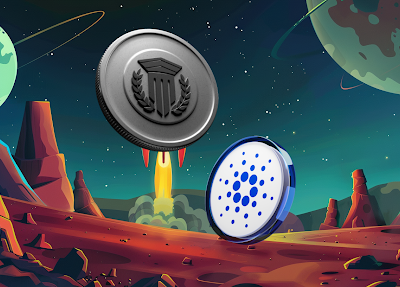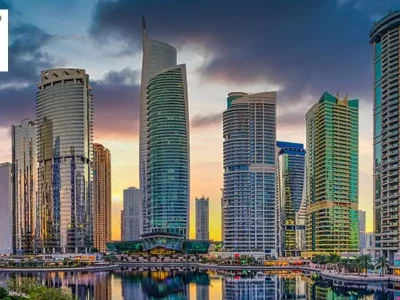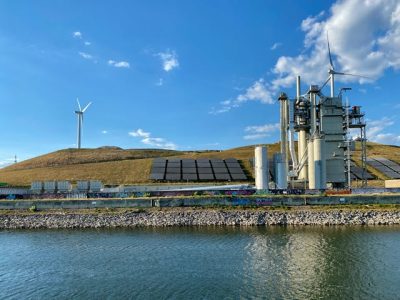eCommerce has grown to be one of the biggest industries in the world today, so it’s no surprise that people are always interested in what its future might hold. In 2019, global eCommerce sales amounted to over three trillion dollars, and these numbers only got bigger in 2020 due to the COVID19 pandemic forcing more people to shop from home as non-essential brick and mortar stores around the world temporarily closed down for health and safety reasons.
It’s clear to see that eCommerce has a bright future, and it is also an industry that is constantly changing and evolving. eCommerce trends are shifting all the time to shape the way that people purchase products around the world. In addition, the COVID19 pandemic only sped up some of the trends that were only just starting to appear in the eCommerce industry before the crisis. The events of 2020 increased our reliance on digital technologies more than ever before and forced eCommerce brands to use more innovative ways to improve the customer experience with brick-and-mortar stores closed.
With a lot of big changes expected to happen in eCommerce over the next few years and some of them already on the rise having been accelerated by the crisis of 2020, here are some of the top trends for eCommerce for 2021 and 2022 that will help you understand what the future of this industry might look like.
Augmented Reality:
Augmented reality is set to play an even bigger part in eCommerce in the future, due to the added personalisation and improved customer experience that it can provide. AR has been on the rise in eCommerce apps for some time but was quickly propelled to the forefront by the COVID19 pandemic to provide customers with more options to try out and visualise products before buying from home when they couldn’t visit a store and see the item in person. AR apps that allow customers to try on fashion items or visualise a furniture item in a certain room in their home are on the rise and are likely to become a key part of the industry in the future, solving the age-old eCommerce problem of being unable to try out the product before committing to buying it.
3D Marketing:
Along with AR, 3D rendering is likely to become much more necessary for an eCommerce business to thrive. 3D visualisations in marketing campaigns go hand-in-hand with AR, giving customers a more in-depth view of the product that you are offering, allowing them to explore all its features and see more of the product than they would get from a standard product photograph. 3D marketing is allowing customers to get an online experience that is similar to walking into the store and checking out the products in person, all without having to deal with pushy salespeople or be restricted by store opening hours.
3D marketing solutions from Apviz allow customers to bring the store experience into their own homes as much as possible, something that has become even more necessary during the COVID19 pandemic as shopping from home becomes more necessary to protect health and safety. Apviz offers a range of AR and 3D rendering solutions for your business including virtual try-on and product placement to help customers get a better idea of the products that they want to buy.
Online Vs. Bricks and Mortar Debate:
The COVID19 pandemic has only accelerated the debate regarding online vs brick and mortar shopping. While there will always be people who believe that brick and mortar stores are always going to be necessary for the customer experience, others believe that eventually, physical stores are going to be phased out as technology overtakes them and allows online shopping to offer pretty much the same experience. It is hard to deny that the growth of eCommerce is massively overtaking sales from bricks and mortar stores. However, this does not mean that physical stores are not valuable assets for an eCommerce company. Brick and mortar stores are likely to become more extensions of eCommerce in the future, for example, placing more emphasis on click and collect options rather than shopping for items in store.
eCommerce Automation:
Automation is a crucial, growing element for any online business, with automated tools available at almost every step of the way from marketing to warehousing and more. Today, every business or department will have some elements that can be automated to a certain extent. And many business owners view this as one of the best trends in eCommerce since it allows for the freeing up of employee time to carry out more important work. For example, eCommerce companies with large warehousing facilities can invest in robotics to automate the process of stocking and shipping, becoming more efficient overall and providing employees with more free time to focus on tasks that are more conducive to growing the business.
Environmentally Conscious Customers:
Online shoppers are getting smarter and today they have more demands than ever before. eCommerce competition is no longer just about the stores that can provide the best prices; customers are now beginning to choose where they shop based on more factors, with the impact that the brand is having on the environment one of their biggest concerns. Plastic is out for a large subsection of customers and sustainable products are much more than just an environmental activist buzzword. With more options than ever before available to customers at a wide range of competitive prices, it’s important for eCommerce companies to understand that simply providing the best product at the best price is no longer going to propel them to the top. Understanding the need for customers to purchase products that do not have a negative impact on the environment, and to support businesses that are taking steps to be more environmentally friendly, is becoming increasingly important.
Shipping and Fulfilment:
The increase in shipping and fulfilment centres around the world is another eCommerce trend that moved slowly up until the 2020 COVID19 pandemic when the demand for online shopping and fast delivery found eCommerce businesses in need of fulfilment centres that were able to ship and deliver items in the shortest time possible. Today, many customers are no longer prepared to wait around for their online shopping to be delivered with many willing to pay for the ability to have it delivered on the next or even the same day as they ordered it. And as a result, fulfilment centres around the world are becoming much smarter and more automated, guaranteeing fast shipping and access to real-time data to online shopping brands. They also allow eCommerce companies to easily hold inventory in various locations across the country or even the world, with products that are geographically closer to your customers to improve the speed of delivery.
In 2020, many slow-moving eCommerce trends boomed as a result of the COVID19 pandemic and the impact that it has had on the online shopping industry as a whole. Many digital trends that were only just beginning to show promise, such as augmented reality product placement and try-on, have now become essential to the survival of many eCommerce brands around the world.

















Comments